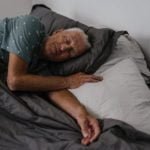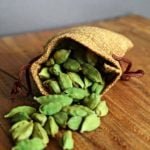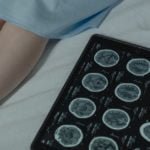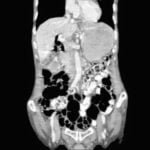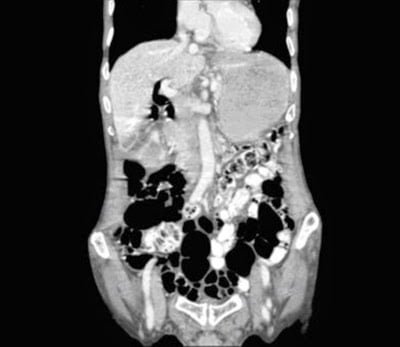
SICKLE CELL HEPATOPATHY
| Contributed by Dr Shivam Kalia MD. Pursuing DM Gastroenterology Clinical scenario A nine-year-old girl from western Odisha, with no prior comorbidities presented with
Investigations Hemoglobin: 8.6 g/dL, Total leucocyte counts and platelet counts are normal. The corrected reticulocyte count was elevated to 10%.INR-2.8, Total bilirubin: 26 m/dl (conjugated to 22 m/dl), AST/ALT: 168/32, ALP/T: 186/110,Albumin-2.8 g/dL, Ceruloplasmin level: 43 mg/dL; 24-hour urinary copper was 80 mcg/dL. No K-F ring. Autoimmune markers-negative, Viral markers negative Hemoglobin electrophoresis was done to rule out sickle cell anemia (HbSS). Surprisingly, about 70% of haemoglobin was found to be HbS and diagnosed as having sickle cell anaemia In presence of classical clinical symptoms (Jaundice/Encephalopathy) with conjugated hyperbilirubinemia and coagulopathy the syndromic diagnosis of Acute Liver Failure was made. Now in the presence of background sickle cell disease, the possibility of Sickle cell intrahepatic cholestasis was considered. Hospital course She was started on intravenous (I.V) fluid, N-Acetyl Cysteine (NAC) and anti-encephalopathy measures. In view of deteriorating sensorium, she was intubated and put on mechanical ventilation. Aggressive exchange transfusion using Packed RBCs and Fresh Frozen Plasma (FFP) was initiated to tide over the sickle crisis. The target was to reduce HbS percentage to less than 30% so as to revert the episode. After 3 sessions of double volume exchange transfusion, HbS level came down to 25%. Serum bilirubin level came down to 12 mg/dL and INR reduced to 1.7. She was extubated and did well for another 4 days. However, afterwards she developed fever and drowsiness. On examination, she had deep icterus and INR was 2.5. Repeat Hb electrophoresis revealed HbS level of 80%. In view of worsening sensorium, she was reintubated and put on mechanical ventilator. Injection NAC, antibiotics and anti-encephalopathy measures were continued. Chest roentgenogram showed patchy opacity on right side. Exchange transfusion was restarted. However, she continued to have high grade fever, later developed shock, oliguria and metabolic acidosis. Continuous renal replacement therapy was started. However, unfortunately her condition continued to deteriorate and she died after 5 days. Post-mortem liver biopsy was done which revealed sinusoidal obstruction, extensive centrilobular necrosis along with ductular and canalicular cholestasis suggestive of SCIC. Teaching message : Sickle Cell Intrahepatic Cholestasis(SCIC) may be a life-threatening complication in patients with Sickle Cell Disease. Any patient residing in a sickle cell endemic region or having a family history of SCD or a prior history of sickle cell crises who presents with jaundice, coagulopathy, or encephalopathy with the possibility of SCIC should be considered. Early diagnosis and the institution of exchange transfusions may be useful to reverse this fatal complication of SCD. Patients not responding to exchange transfusions may be considered for Liver Transplantation (LT). Combined bone marrow and LT may be the definite treatment option, but clinical data is limited at present. References : [1] Forget BG, Franklin Bunn H. Classification of the disorders of hemoglobin. Cold Spring Harb Perspect Med 2013;3. https://doi.org/10.1101/cshperspect.a011684. [2] Shukla AK, Srivastava S, Verma G. Effect of maternal anemia on the status of iron stores in infants: A cohort study. J Family Community Med 2019;26:118–22. https://doi.org/10.4103/jfcm.JFCM_115_18. [3] Praharaj DL, Anand AC. Sickle Hepatopathy. J Clin Exp Hepatol 2021;11:82–96. https://doi.org/10.1016/j.jceh.2020.08.003. |
Join the mailing list!
Get the latest articles delivered right to your inbox!
